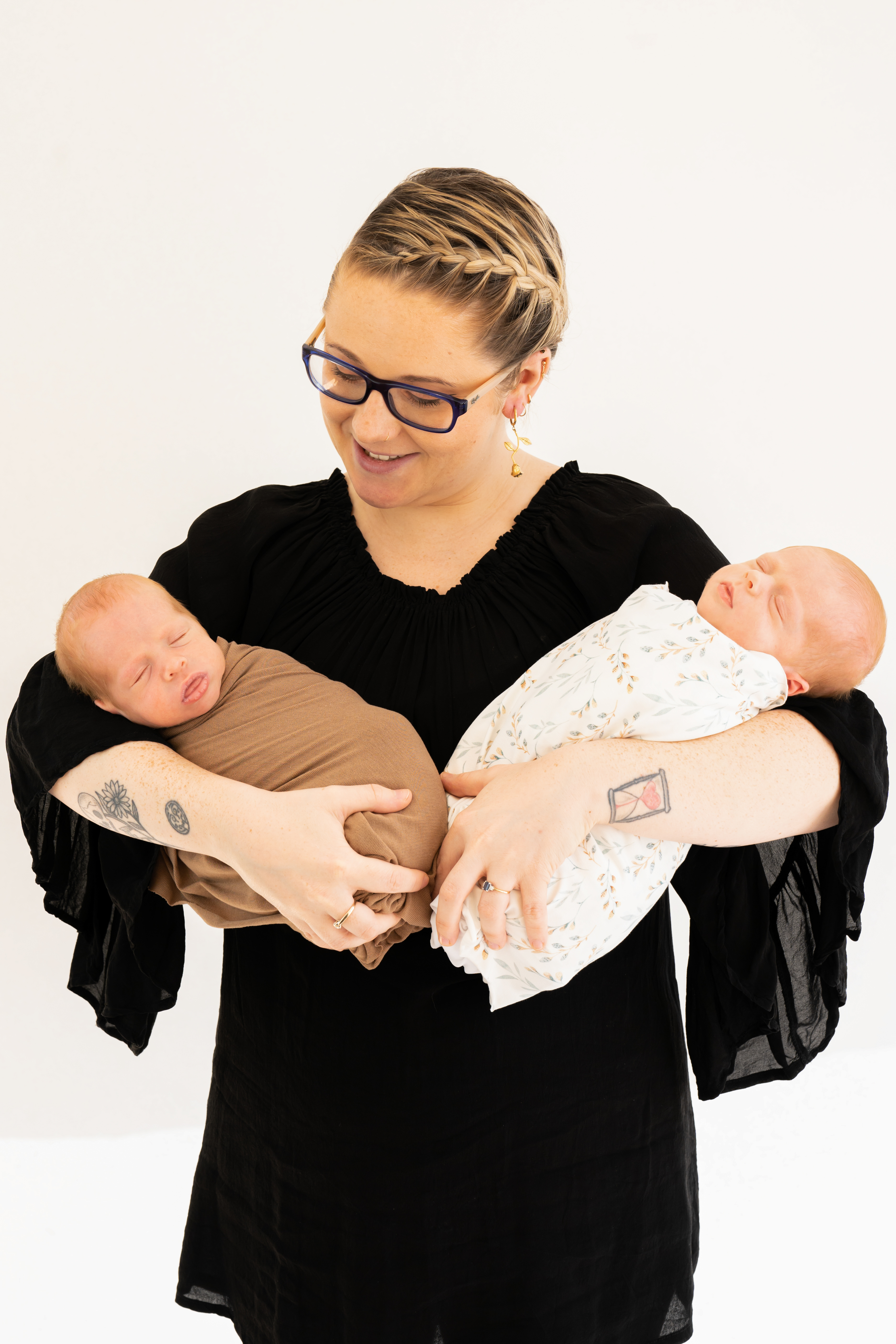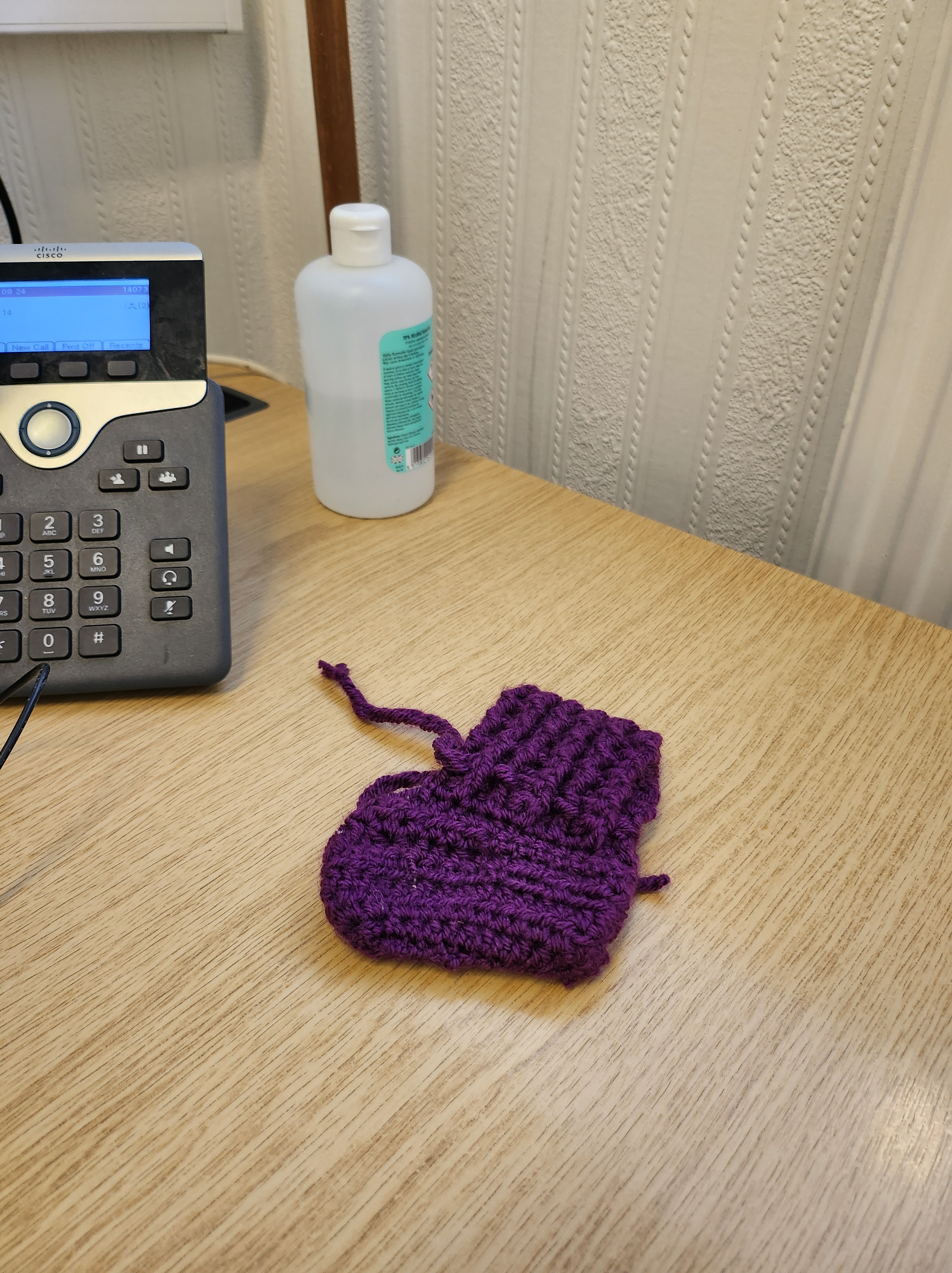
Once reserved as an activity solely to be enjoyed by kids, ‘mindful colouring’ has emerged as an adult-only version of ‘colouring in’ to help us to switch off and relax. Vanry (2019) charts the interesting history of the colouring book craze which has been described as a flash trend. Colouring books formed part of a small and niche market which had existed for years among smaller publishing houses, but their popularity suddenly skyrocketed in 2015 with the sale of 12 million colouring books but their popularity quickly dipped again. Why the boom? Who knows, but apparently the colouring book craze is over anyway … but I say nope, not true! It was only the other day I bought by best friend this incredible Jason Momoa colouring book.

Who doesn’t need a lawn momoa in their life. Am I right? Image credits: Amazon
Coloring books are a beautiful present to receive and I have four. I’d flick through and admire the illustrations, maybe dip in and out a few times but then they just sat on my shelf looking pretty. Since COVID-19 forced us into lockdown, I have found reading and concentrating on TV and films difficult for reasons I cannot explain. I just feel restless most of the time. I am bored but I also don’t want to watch TV and I just don’t know what to do with myself. So, I dug the colouring books out and I am hooked! They have been a wonderful analog escape for me.

I have been spending more time than ever on my phone or on my laptop with home working. The colouring book illustrator Johanna Basford explains why colouring is the perfect way to switch off; “social media, smart phones, rolling news—all these things make us constantly connected to the world, never really focusing on something for an extended period… Colouring gave people an accessible way to be creative and treat themselves to some digital detox time” (Vanry, 2019).
Colouring in has also helped me to feel like I am being creative and artistic but in an easy and accessible way. I am not very confident with drawing or painting and I wouldn’t describe myself as overly creative anyway, so colouring gives me an outlet to create without the pressure of producing a masterpiece. The work has already been done for me by wonderful illustrators and artists so I can just fill in the lines and finish it off for them. Everyone has a different approach when tackling a design and they all end up unique and beautiful. Just take a look at some of these incredible pieces on the Millie Marotta gallery.

Completed pieces from Millie Marotta’s Animal Kingdom
Colouring books often come with the claim that they can help with anxiety, reduce stress and aid in mindfulness practice. Rising concern for emotional and psychological health is leading many people to fill their leisure time with alternative activities that have a healthy spin and do not involve screens and smartphones (Mintel, 2020). Mindfulness has become something of a buzzword in recent years. Headspace define mindfulness as “the quality of being present and fully engaged with whatever we’re doing at the moment — free from distraction or judgment, and aware of our thoughts and feelings without getting caught up in them”. With mental health being in the spotlight, publishers and retailers that sell products as beneficial in this respect stand to benefit. But do colouring books really boost mindfulness?

Geometric shapes are one of my faves.
I decided to use the MMU Library Search tool to look for some academic literature. There is evidence that art and creativity can boost mental well-being and art therapy is a tried and tested treatment for lots of mental health problems. But there has been little empirical investigation specifically into the mindfulness claims made by colouring book publishers and advocates.
Dresler and Perera (2019) reported on the experiences of 15 women who engaged in colouring. They found that the process increased their capacity for concentration and colouring in allowed the women to take the “time to practice self-reflection, self-awareness and self-care” which boosted their physical, emotional and social wellbeing.
Conversely, Mantzios and Giannou (2018) found that free drawing and mandala colouring as a standalone activity do not have an impact on mindfulness or anxiety. They tested this further in a second experiment that involved one group doing unguided mandala colouring and another group doing mindfulness-guided colouring with a practitioner who guided them through mindfulness breathing techniques applied to the colouring activity. They found the anxiety levels were reduced in the guided colouring group but there were no overall changes to mindfulness. So essentially, mindlessly colouring in may not actually improve mindfulness. So drinking wine, bopping to music and colouring in doesn’t count then? *damn!*
You would need to actively engage in mindfulness practices to see the benefits. In mindfulness training, you need to keep awareness focused on whatever is present, without fixating on any particular part of that experience, or engaging in any secondary processing. The good news though is technically, you could transform any experience into a mindful one, including colouring or even just doing the washing up (Hanley, 2015). But without putting in the effort to mindfully complete the task, the experience can become mindless, fixated, and avoidant. This is where accurate instructions and guidance comes in (Mantzios and Giannou, 2018).
It is unlikely that colouring books are a mindfulness miracle and my dip into the academic literature did not provide a clear answer (does it ever tho?) but there is certainly scope for further research. Ultimately, I think good mental health and achieving a state of mindfulness is not something you can just acquire through a colouring book. Perhaps promoting them as ‘mindfulness’ colouring books is misleading. Good health generally takes work and mental health is no different. There are no quick fixes and we are all a work-in-progress. Books are great and provide tools and knowledge, but we must actively engage with these tools to benefit from them. For me, mindful colouring probably is more mindless colouring and that’s okay because I enjoy it.
I am wanting to engage further in mindfulness practice but I don’t think I will be doing it through colouring. The frontman of my favourite band has started a new mindfulness podcast with guided meditations which I am enjoying. I think doing some research, finding the right tools and setting aside some time to actively “do mindfulness” is an approach that will work best for me. Any tips or resources you can share would be greatly appreciated. Here’s my favourite flowery piece to finish this blog post with.
Stay safe and switch off 🌼

References
Dresler, E. & Perera, P. (2019) ‘Doing mindful colouring: just a leisure activity or something more?’ Leisure Studies. 38(6), pp. 862-874.
Grady, C. (2017) ‘The coloring book trend is dead. Happy National Coloring Book Day!’ Vox. Available at https://www.vox.com/culture/2017/8/2/16084162/coloring-book-trend-dead-happy-national-coloring-book-day
Halzack, S. (2016). The Big Business Behind the Adult Coloring Book Craze. Available at https://www.washingtonpost.com/business/economy/the-big-business-behind-the-adult-coloring-book-craze/2016/03/09/ccf241bc-da62-11e5-891a-4ed04f4213e8_story.html?utm_term=.fdd7fbec6cff
Hanley, A.W., Warner, A.R., Dehili, V.M., Canto, A.I. & Garland, E.L. (2015), ‘Washing Dishes to Wash the Dishes: Brief Instruction in an Informal Mindfulness Practice’. Mindfulness, 6(5), pp. 1095-1103.
Mantzios, M. & Giannou, K. (2018) ‘When Did Coloring Books Become Mindful? Exploring the Effectiveness of a Novel Method of Mindfulness-Guided Instructions for Coloring Books to Increase Mindfulness and Decrease Anxiety’. Frontiers in psychology. pp. 56.
Mintel (2020) Hobbies and interests – UK – February 2020. [Online] https://academic.mintel.com/homepages/guest/
Rowe, A. (2018) ‘If The Adult Coloring Book Craze Is Dead, It Needs A Postmortem’. Forbes. Available at https://www.forbes.com/sites/adamrowe1/2018/05/31/if-the-adult-coloring-book-craze-is-dead-it-needs-a-postmortem/#5e1736ee7dae
Vanry, N. (2019). What happened to the adult colouring books? Charting the boom and bust. Available at https://bookriot.com/2019/11/06/adult-coloring-books-trend/


 I must say, that last one doesn’t worry me one bit. My daughter’s booty came to work with me today.
I must say, that last one doesn’t worry me one bit. My daughter’s booty came to work with me today.

























 Human Library. Do not reuse.
Human Library. Do not reuse.











